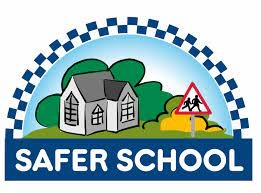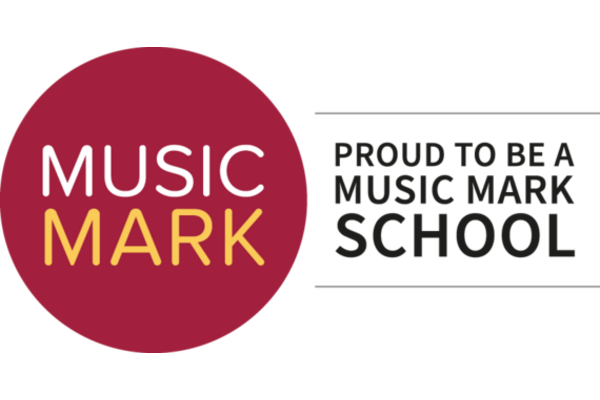Children’s spoken language supports reading and writing
Children need lots of opportunities to talk with others as they develop and practise their speaking and listening skills. This helps to build their confidence and improves their ability to communicate with other people.
In order to make a good start in reading and writing, children need an adult to talk to and listen to them.
Everyday activities such as preparing meals, tidying up, putting shopping away and getting ready to go out offer you the chance to talk to your child, explaining what you are doing. They hear the way language is put together into sentences for a purpose.
Books are a rich source of new words for your child – words you would not use in everyday conversations appear in books. Children need to have a wide range of vocabulary to understand the meaning of books – so read aloud and share books as often as you can. They will enjoy it and it will be useful to them when they come across these words in their own reading later on.
Ways you can support your children at home:
Reading: Read every day to your child.
Make sure your child sees you reading.
Read to your child. Show you like the book. Bring stories to life by using loud/soft/scary voices.
Use puppets / toys/props to retell stories.
Spread books around your house for your child to read.
Let your child choose what they would like to read – books, comics, catalogues, look at signs and logos when you are out and about, food labels in the kitchen or when shopping
Read favourite books over and over again. Enjoy!
Writing: Make sure your child sees you writing.
Compose an email together inviting a friend over to tea.
Make words together using magnetic letters.
Make up a story together about one of their toys. You write for them, repeating the sentences as you write. When complete they can draw pictures to go with it.
Buy stickers of a favourite film or TV programme – and make a book about it.
Set up a place where your child can experiment with mark making both outside and inside using gloop, paint, pens, stamps, and stencils onto a variety of surfaces such as paper, cardboard and material.
Collect a variety of pencils and pens, and keep them handy for your child.
Create a special writing bag to keep little writing tools in for travelling in the car or visiting places. Change the contents regularly.
Provide your child with a variety of opportunities to practise handwriting. Eg, writing birthday cards, notes, lists, letters, diaries.





